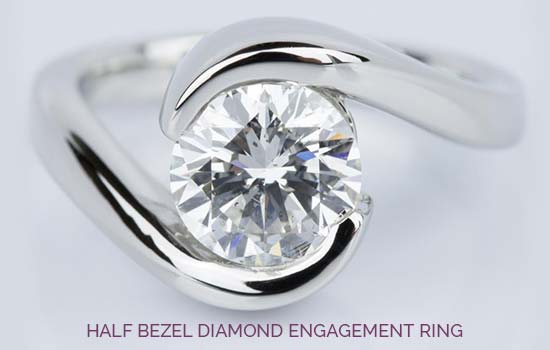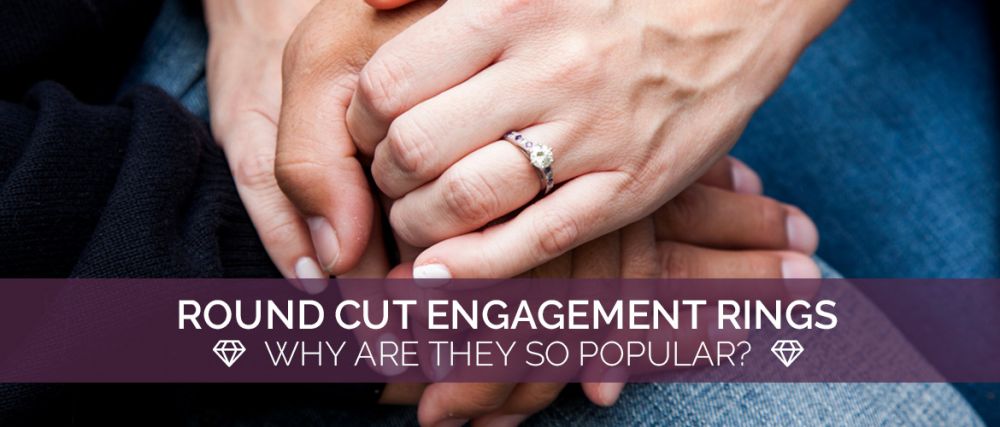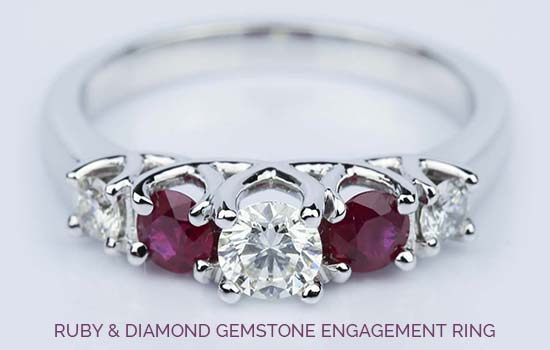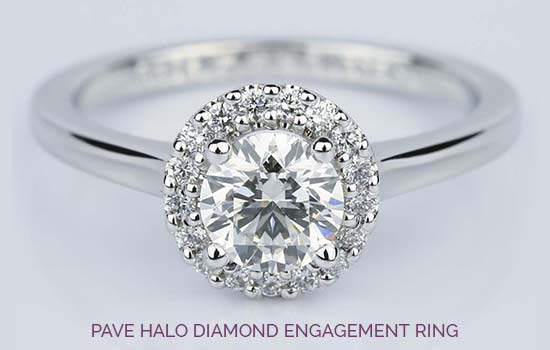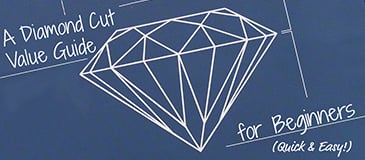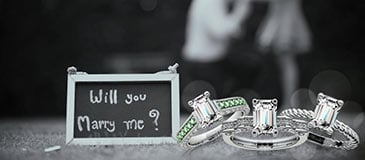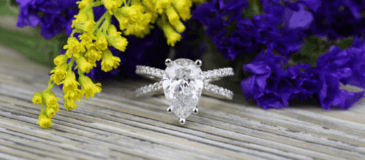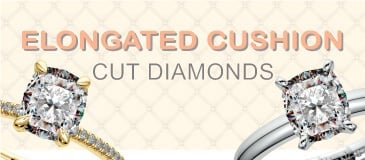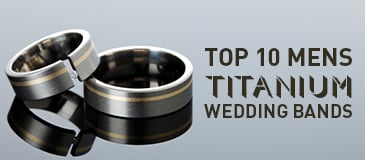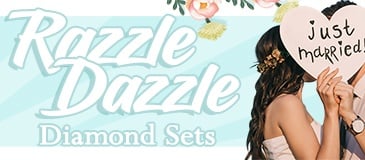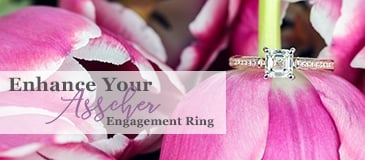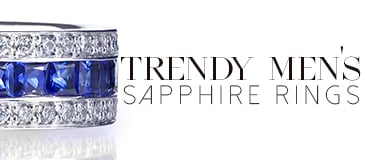Round Cut: The Grading
With the number of facets found in a brilliant cut, internal flaws can be masked more easily. The brilliance of the cut and the fire from the facets tend to distract the eye away from tiny inclusions, so buyers don’t have to be as concerned about perfect clarity. Step-faceted cuts like the emerald and Asscher cuts easily magnify imperfections and require buyers to look for diamonds of quality, which can quickly drive up cost.
Color grade also is much more of a concern for step-faceted or other fancy cuts. While color always remains an important component of the 4Cs of diamond grading, near colorless round cuts still tend to look brighter and whiter than fancier cuts or step-faceted cuts of the same near-colorless grade, again allowing a buyer to get a better value out of a round engagement ring.
